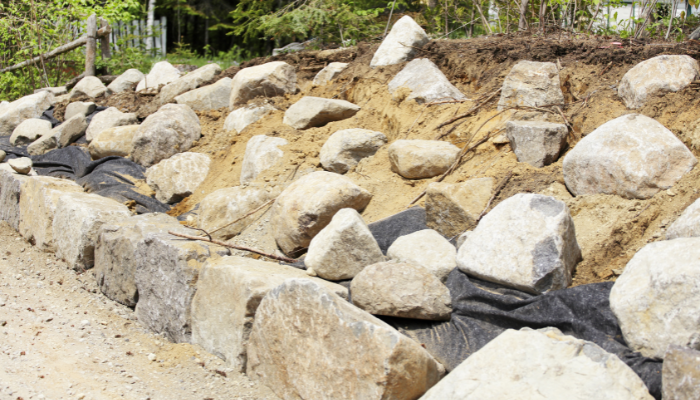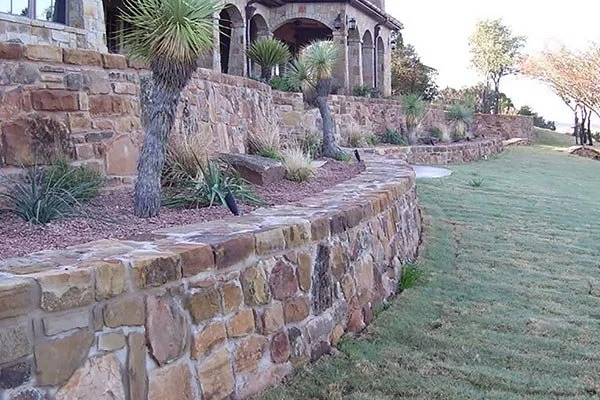Retaining Wall Materials and Common Uses: A Comprehensive Guide in Fort Worth
Retaining walls are an essential part of many landscaping projects in Fort Worth. They help prevent soil erosion, provide structural support, and create visual interest on sloped landscapes. Retaining walls can be constructed using a variety of materials, depending on the project’s size, budget, and aesthetic preferences. In this blog post, we will explore the different materials used for retaining walls and their common uses.
Concrete Blocks:
Concrete blocks are a popular choice for retaining walls. They are durable, easy to install, and can be used in a variety of settings. Concrete blocks come in different sizes, shapes, and colors, allowing landscapers to create unique patterns and designs for the walls. Concrete blocks are commonly used for retaining walls in residential areas, commercial properties, and public spaces.
Natural Stone:
Natural stone retaining walls offer a timeless, organic look and feel to any landscape. These walls usually take longer to install than concrete blocks since they require the expertise of skilled masons. Natural stone walls provide added stability to a slope and are ideal for homes with a rustic or natural look. They are commonly used in residential landscaping projects, community parks, and recreational areas.
Timber:
Timber retaining walls are a cost-effective option for sloped landscapes. They are easy to install, customize, and can be used to create straight or curved walls. Timber walls give a natural look and feel to any landscape and are ideal for eco-friendly homeowners who want to keep a sustainable garden. They are commonly used in residential gardens, parkways, and community gardens.
Gabion:
Gabion retaining walls are a recent addition to the list of materials used for retaining walls. Gabion walls are made of mesh boxes filled with stones, creating a durable and flexible retaining wall. They can be customized to any size, shape, and can be used around trees or specific plants. Gabion walls are perfect for modern landscaping projects and urban areas.
Brick:
Brick retaining walls add an element of charm and sophistication to any landscape. They are durable and long-lasting, making them an excellent choice for homeowners who want a classic look for their garden. Brick walls are ideal for edging, terracing, and raised garden beds.
The choice of retaining wall material will depend on the project’s size, budget, and aesthetic preferences. It is essential to work with a professional landscaper to determine the best materials and designs for your project. Retaining walls provide functional and aesthetic benefits that enhance a landscape’s beauty while saving it from erosion. We hope this comprehensive guide has given you valuable insights into the different materials used for retaining walls and their common uses. Finally, remember to prioritize the structural integrity of the wall and ensure it is built to last.
About the Author
Michael Hillman started Hillman Outdoor Living as a high schooler over two decades ago. His entrepreneurial spirit led him to mow lawns for extra cash, which he did throughout college.
After college graduation, Hillman transitioned his business into a commercial property management company and pivoted again when he began offering primarily landscape design and build services. Today, Hillman operates with a team of dedicated and talented professionals providing exceptional service.


